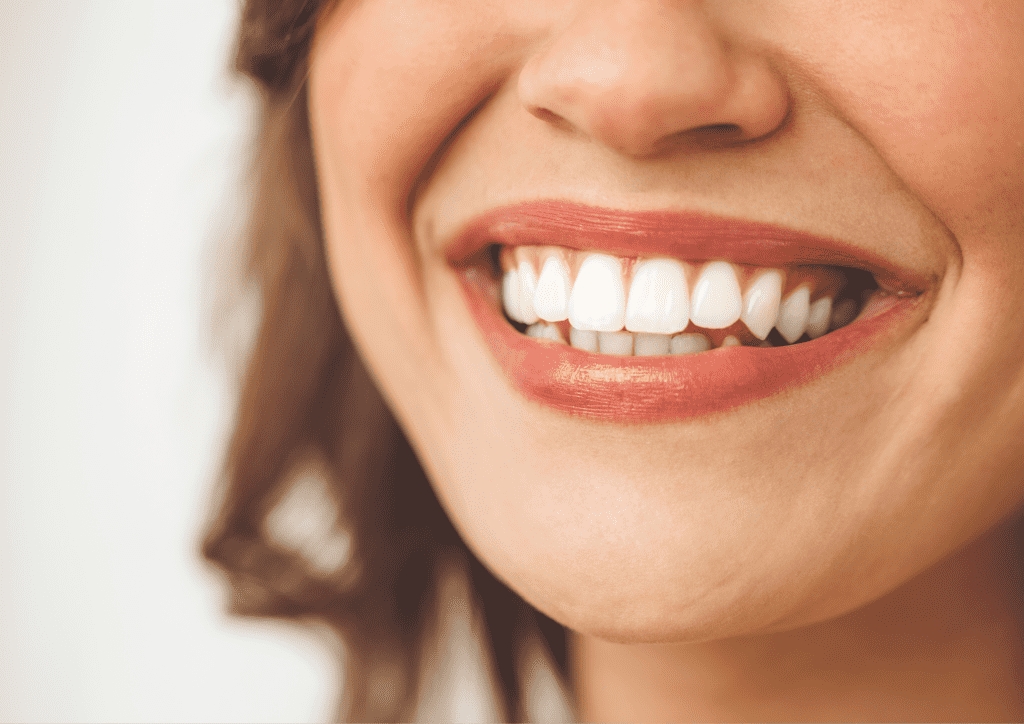Traditional metal braces were once the only solution when orthodontic treatment was required. However, the growth of technology has led to the introduction of a more sophisticated and subtle orthodontic treatment known as Invisalign aligners.
The two options will give you straighter teeth and the beautiful facial structure you desire. However, each has its share of pros and cons that are worth paying attention to. Thus, understanding the differences between the two options is the most appropriate way to choose a match for your case.
Difference Between Invisalign and Braces
Invisalign
Invisalign are aligners that come in transparent plastic trays fitted to straighten teeth. They’re invisible and more comfortable compared to traditional metal braces.
The Invisalign trays have a 2-week lifespan, after which you’ll need to discard and replace them with new sets. During your first visit, our clinicians will fit the first batch and give you a few extra to change later, until your next visit.
The Invisalign clear aligners can help correct crooked teeth, underbites, overbites, and jaw position and are easy to remove and set. Thus, you won’t need to visit the specialist every time you change them.
You’ll need to wear the Invisalign 20 to 22 hours daily for better results. The treatment process can take anywhere between 6 to 18 months depending on complexity.
Pros and Cons of Invisalign
Many people find Invisalign a better treatment option than traditional braces. Here are the pros and cons of Invisalign.
Pros of Invisalign
- They’re virtually invisible.
- They don’t subject you to diet changes.
- Safer for an active and sporty lifestyle.
- You can brush and floss your teeth naturally after removing the Invisalign aligner.
- Relatively apply less pressure on your teeth, hence making them more comfortable.
Cons of Invisalign
- Trays can stain if you eat without removing them.
- Eating sugary foods without removing Invisalign may increase the risk of cavities.
- Treatment if compliance is driven. If you don’t wear the trays or don’t wear them for the required time – you will not get the ideal results.
- Not all cases could be treated with Invisalign aligners.
Braces
Braces are the most traditional way to correct crowded, crooked, or misaligned teeth. They come in ceramic or metal brackets, which are glued onto each misaligned tooth and connected using rubber bands or wires.
Unlike Invisalign, braces are visible and cannot be removed until the end of treatment. unlike Invisalign, braces treatment typically takes 18 to 24 months.
Pros and Cons of Braces
Pros of Braces
There are several reasons many patients choose traditional braces over Invisalign. These include:
- They’re more effective and convenient since the metal brackets are irremovable.
- They’re suitable for all types of orthodontic treatments, including severe misalignments.
Cons of Braces
Some patients find braces unconducive.
- Braces can cause an emergency if you hit your teeth on something and break or damage any components.
- Wearing braces means you can forget about your favourite hard, crunchy, or sticky foods that can stick to and damage the braces’ hardware.
- Cleaning the braces may be challenging.
- Braces and wires are relatively uncomfortable to the soft tissue of your mouth.
Braces and Invisalign: What’s the Difference?
Cost is also a concern to many patients. The two treatment options cost almost a similar amount. While Medicare doesn’t cover braces, you may want to check with your insurance’s extra covers.
The main difference between braces and Invisalign is the way they operate. The costs and results remain the same. A dental examination is the best way to know whether you qualify for braces or Invisalign.
Whether your orthodontic issues are complex or straightforward is a decision best made by a professional. While Invisalign wins for invisibility and comfort, braces are the best for complicated cases. Your orthodontist will consider several factors before deciding on the proper treatment method for you.
Dana Street Dental has a team of experts who can help you establish whether braces or Invisalign will work best in your situation. Book an appointment with a dentist today and begin your treatment immediately.














